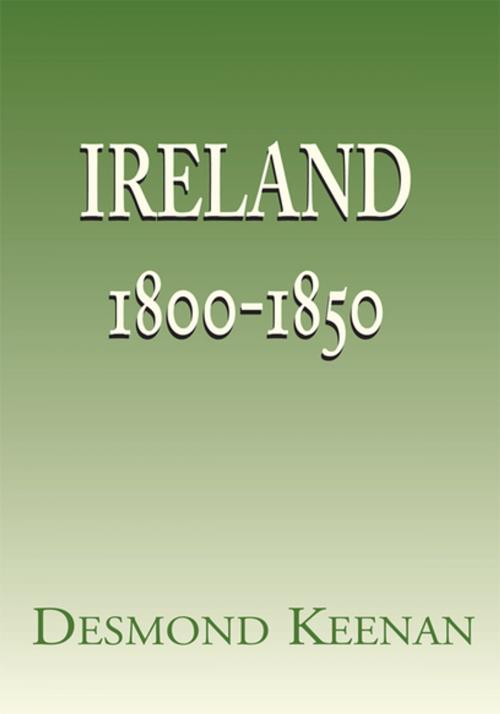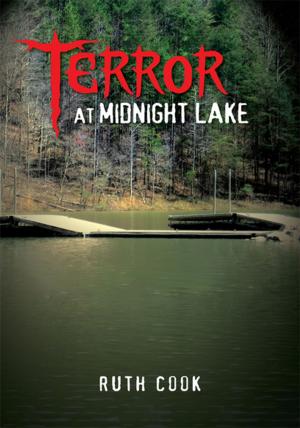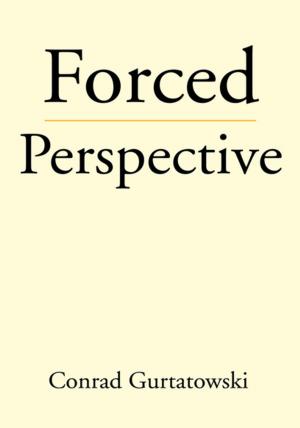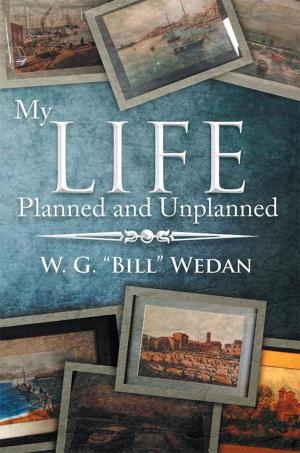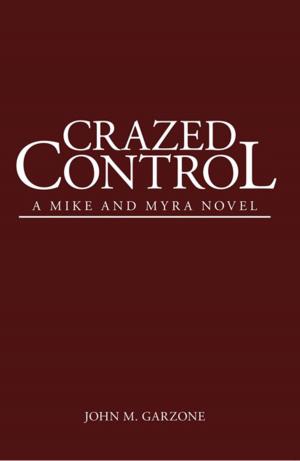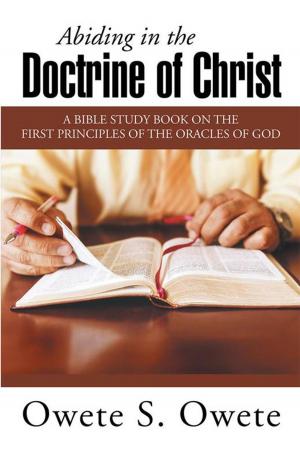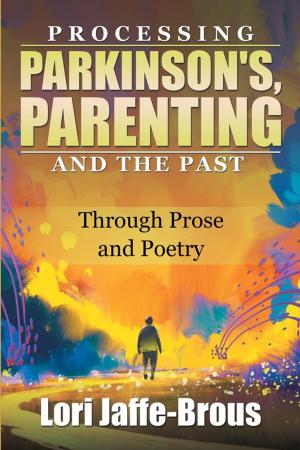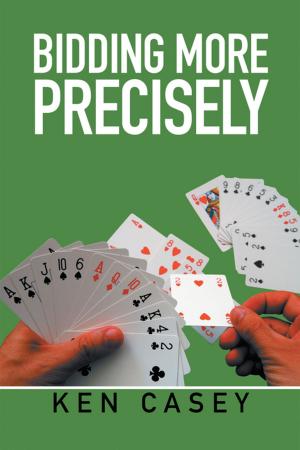| Author: | Desmond Keenan | ISBN: | 9781465318671 |
| Publisher: | Xlibris US | Publication: | December 3, 2001 |
| Imprint: | Xlibris US | Language: | English |
| Author: | Desmond Keenan |
| ISBN: | 9781465318671 |
| Publisher: | Xlibris US |
| Publication: | December 3, 2001 |
| Imprint: | Xlibris US |
| Language: | English |
Anyone studying or teaching Irish history, or who likely to be involved in discussions on the subject, should first get the facts straight. It is my aim to provide, as far as possible, the truth, the whole truth, and nothing but the truth, about one particular period.
This book is a companion to my other book Pre-Famine Ireland: Social Structure. I had accumulated such a vast quantity of material, often from untouched sources, that I was unable to include it in one volume of reasonable size. So it was necessary to order all material of a social and economic character in one volume, and historical narrative in another. But in places, in explaining legislation for example I felt it necessary to give brief accounts of social, political, or economic circumstances.
The period 1800 to 1850 in Irish history has not been particularly frequently or well researched. Distortions too were caused by the political objectives of the various writers. Facts were selected, omitted, or twisted to suit political objectives. Catholic or nationalist writers wrote with their own religious and political objectives in mind, and Protestants or loyalists likewise. To this day the contending factions in Northern Ireland defend their stances by reference to the version of history favoured by their own side. It has often been observed that truth is the first casualty in any conflict, but it is also true that the loss or distortion of truth causes the conflict.
Ireland was not an abnormal country in 1800. It could in many ways be compared with the young United States, and the disparities in their wealth and size of population were nothing like what they were later to become. British influence in Ireland had commenced some centuries before it had in the American colonies, and in each case the influence went far beyond political influence. It spread to language customs and institutions. The Irish Parliament received from Britain relative independence in 1782, and the American colonies absolute independence in 1783.
Ireland, like the United States, had an upper ruling Protestant elite, and a lower class largely excluded from positions of power. The big difference was that this underclass of coloured people was a minority in the United States, while in Ireland the excluded Catholics formed a majority. By 1829 Irish Catholics had largely achieved political equality with Protestants, while the American Negroes received political equality, by the standards of the time, in 1866. The independence of the Irish Parliament was ended in 1800 because it was realized that the ruling Protestant elite in Ireland would never give political equality to Catholics for precisely the same reasons that southern American States would never give political equality to Negroes. In an era when political corruption was rife the whites would have to bribe the blacks to get anything. Everyone knows what happened to the American Negroes after 1866 when the actual conditions for democratic participation was left to be determined by the individual states.
Ireland, like the United States, in the first half of the century was largely at peace. Though a great war raged around it, it was not invaded. Like the United States, its efforts were directed towards the arts of peace. Like the United States also its population grew rapidly. Though America had ultimately a safety valve in the great prairies to its west, and possessed abundant minerals, much of its development in the first half of the century was in the mountainous and forested states of the east. The population expanded up the mountains and into the forests, and, as in Ireland, gradually refluxed either into the great cities, or into the lands to the west. The difference was that in the United States this migration was within the country, while for the Irish the great cities and better lands were outside her borders. Like in Britain and the United States the use of machinery in the textile industry led to
Anyone studying or teaching Irish history, or who likely to be involved in discussions on the subject, should first get the facts straight. It is my aim to provide, as far as possible, the truth, the whole truth, and nothing but the truth, about one particular period.
This book is a companion to my other book Pre-Famine Ireland: Social Structure. I had accumulated such a vast quantity of material, often from untouched sources, that I was unable to include it in one volume of reasonable size. So it was necessary to order all material of a social and economic character in one volume, and historical narrative in another. But in places, in explaining legislation for example I felt it necessary to give brief accounts of social, political, or economic circumstances.
The period 1800 to 1850 in Irish history has not been particularly frequently or well researched. Distortions too were caused by the political objectives of the various writers. Facts were selected, omitted, or twisted to suit political objectives. Catholic or nationalist writers wrote with their own religious and political objectives in mind, and Protestants or loyalists likewise. To this day the contending factions in Northern Ireland defend their stances by reference to the version of history favoured by their own side. It has often been observed that truth is the first casualty in any conflict, but it is also true that the loss or distortion of truth causes the conflict.
Ireland was not an abnormal country in 1800. It could in many ways be compared with the young United States, and the disparities in their wealth and size of population were nothing like what they were later to become. British influence in Ireland had commenced some centuries before it had in the American colonies, and in each case the influence went far beyond political influence. It spread to language customs and institutions. The Irish Parliament received from Britain relative independence in 1782, and the American colonies absolute independence in 1783.
Ireland, like the United States, had an upper ruling Protestant elite, and a lower class largely excluded from positions of power. The big difference was that this underclass of coloured people was a minority in the United States, while in Ireland the excluded Catholics formed a majority. By 1829 Irish Catholics had largely achieved political equality with Protestants, while the American Negroes received political equality, by the standards of the time, in 1866. The independence of the Irish Parliament was ended in 1800 because it was realized that the ruling Protestant elite in Ireland would never give political equality to Catholics for precisely the same reasons that southern American States would never give political equality to Negroes. In an era when political corruption was rife the whites would have to bribe the blacks to get anything. Everyone knows what happened to the American Negroes after 1866 when the actual conditions for democratic participation was left to be determined by the individual states.
Ireland, like the United States, in the first half of the century was largely at peace. Though a great war raged around it, it was not invaded. Like the United States, its efforts were directed towards the arts of peace. Like the United States also its population grew rapidly. Though America had ultimately a safety valve in the great prairies to its west, and possessed abundant minerals, much of its development in the first half of the century was in the mountainous and forested states of the east. The population expanded up the mountains and into the forests, and, as in Ireland, gradually refluxed either into the great cities, or into the lands to the west. The difference was that in the United States this migration was within the country, while for the Irish the great cities and better lands were outside her borders. Like in Britain and the United States the use of machinery in the textile industry led to
